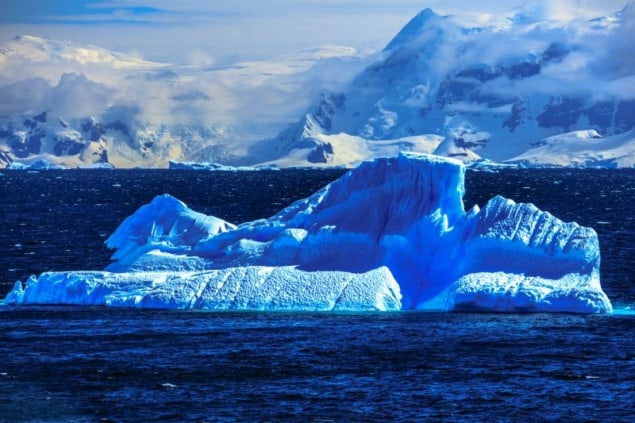Food webs alter as warmer seas change colour
15 Feb 2019
The Blue Planet is to get a little bluer as the world warms and climates change. Where the seas turn green, expect an even deeper verdant tint, new research suggests.
Since humans began increasing the levels of greenhouse gases in the atmosphere – by burning the fossil fuels that have provided the energy for both economic growth and a population explosion – the oceans have warmed in ways that affect marine life. They have grown ever more acidic, in ways that affect coral growth and fish behaviour.
But when US and British scientists tested a model of ocean physics, biogeochemistry and ecosystems – intending to simulate changes in the populations of marine phytoplankton or algae – they also incorporated some of the ocean’s optical properties. Since green plants photosynthesize, they absorb sunlight, and change reflectivity.
And, as mariners have known for centuries, the blue ocean is blue because levels of marine life in the warmer mid-ocean waters are very low.
The researchers tweaked their simulation to see what the world would look like in 2100 if humanity carried on burning fossil fuels on the notorious business-as-usual scenario and took global average temperatures up to 3°C above historic levels.
And they found that higher temperatures would alter the global palette. More than half of the world’s oceans would intensify in colour. The subtropics would become even more blue, and the oceans that sweep around the poles would become an even deeper green, they report in the journal Nature Communications.
“The models suggest the changes won’t appear huge to the naked eye, and the ocean will still look like it has blue regions in the subtropics and greener regions near the equator and the poles,” says Stephanie Dutkiewicz, of the Massachusetts Institute of Technology, who led the research
Wider effects
“That basic pattern will still be there. But it will be enough different that it will affect the rest of the food web that phytoplankton supports.”
The clearer the water, the bluer the reflection of the sunlight. From space, the world looks blue. Waters rich in phytoplankton are by definition rich too in chlorophyll that absorbs blue wavelengths and reflects a green tint. But changes in chlorophyll colouring, observed over the decades from satellite monitoring, can be affected by natural climate cycles and shifts in nutrient supply.
The researchers were looking for a more complete model of the wavelengths of visible light that are absorbed, scattered or reflected by living things. They devised one, and tested their new model against satellite evidence so far. When they found agreement with the past, they had also found yet another way to read the future
Explaining ecosystem change
They tuned their simulated planet to the 3 °C warming that seems inevitable unless humans rapidly shift from fossil fuels to renewable energy sources, to discover that wavelengths of light around the blue-green spectrum shifted the fastest. The shifts in colour could tell a story of altered ecosystems.
“The nice thing about this model is that we can use it as a laboratory, a place where we can experiment, to see how our planet is going to change,” Dutkiewicz says.
“There will be a noticeable difference in the colour of 50% of the ocean by the end of the 21st century. It could be potentially quite serious.
“Different types of phytoplankton absorb light differently, and if climate change shifts one community of phytoplankton to another, they will also change the types of food webs they can support.”
This article first appeared at Climate News Network
Tim Radford, a founding editor of Climate News Network, worked for the Guardianfor 32 years, for most of that time as science editor. He has been covering climate change since 1988
physicsworld.com 19/2/2019

Δεν υπάρχουν σχόλια:
Δημοσίευση σχολίου